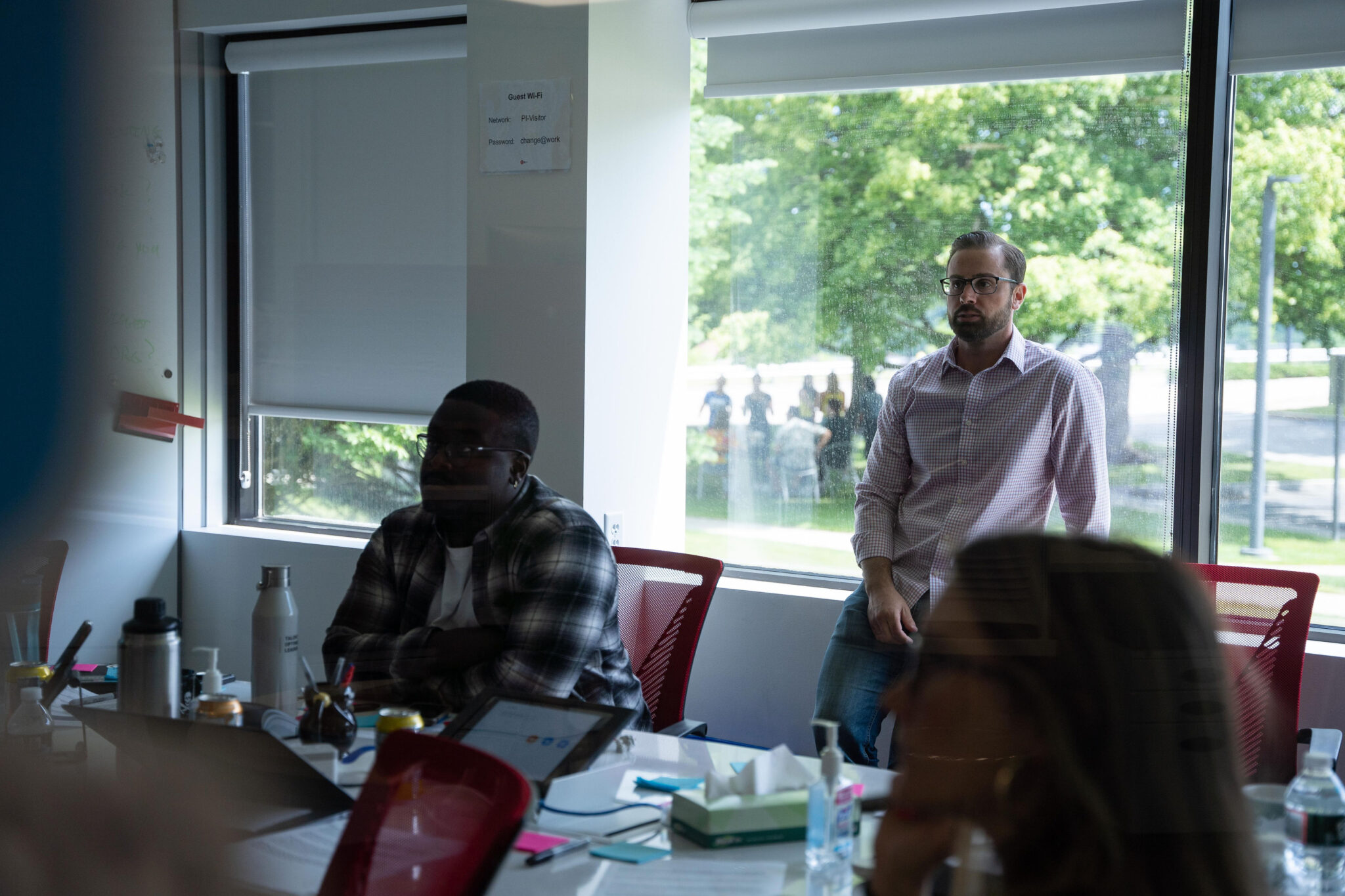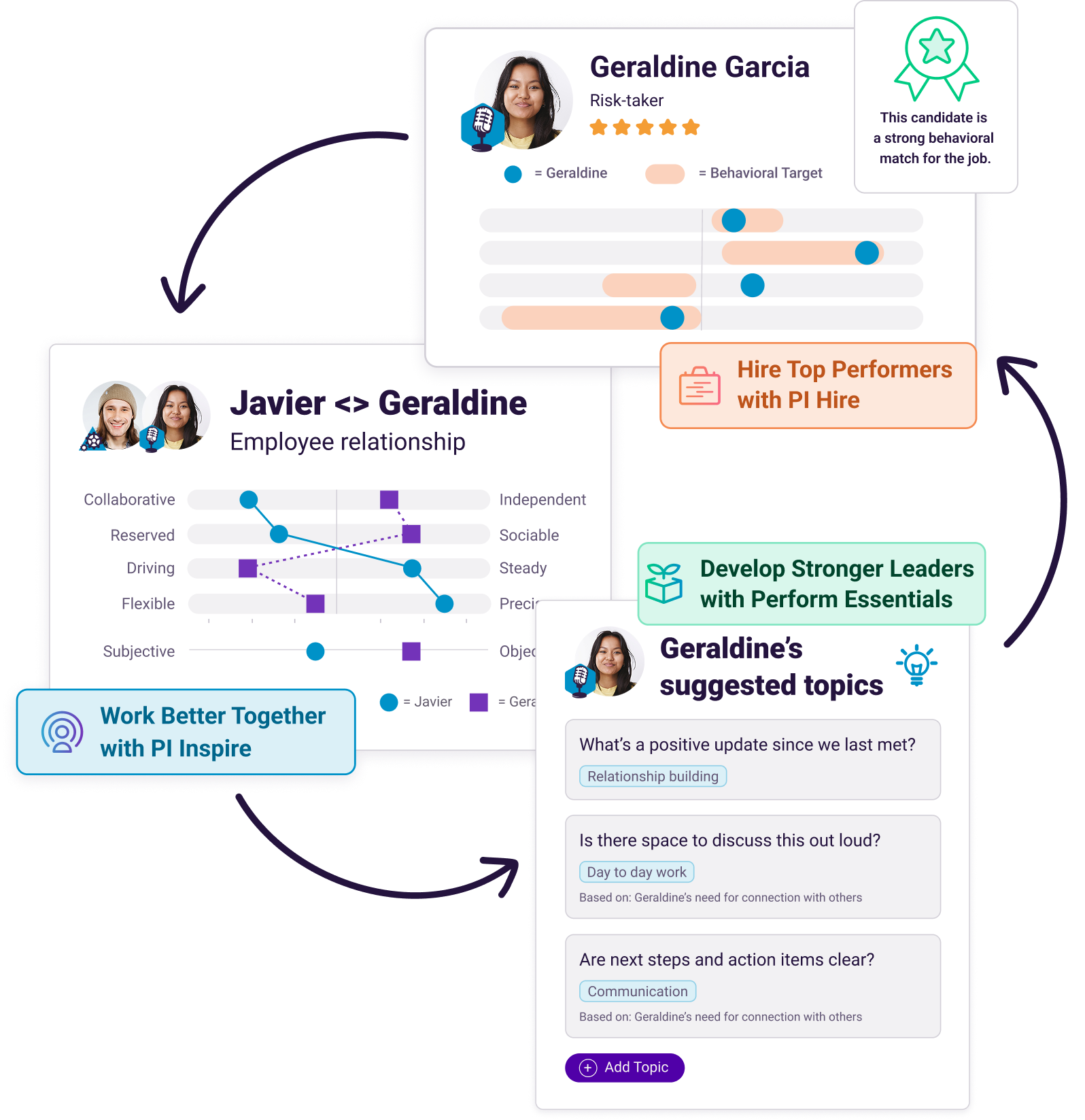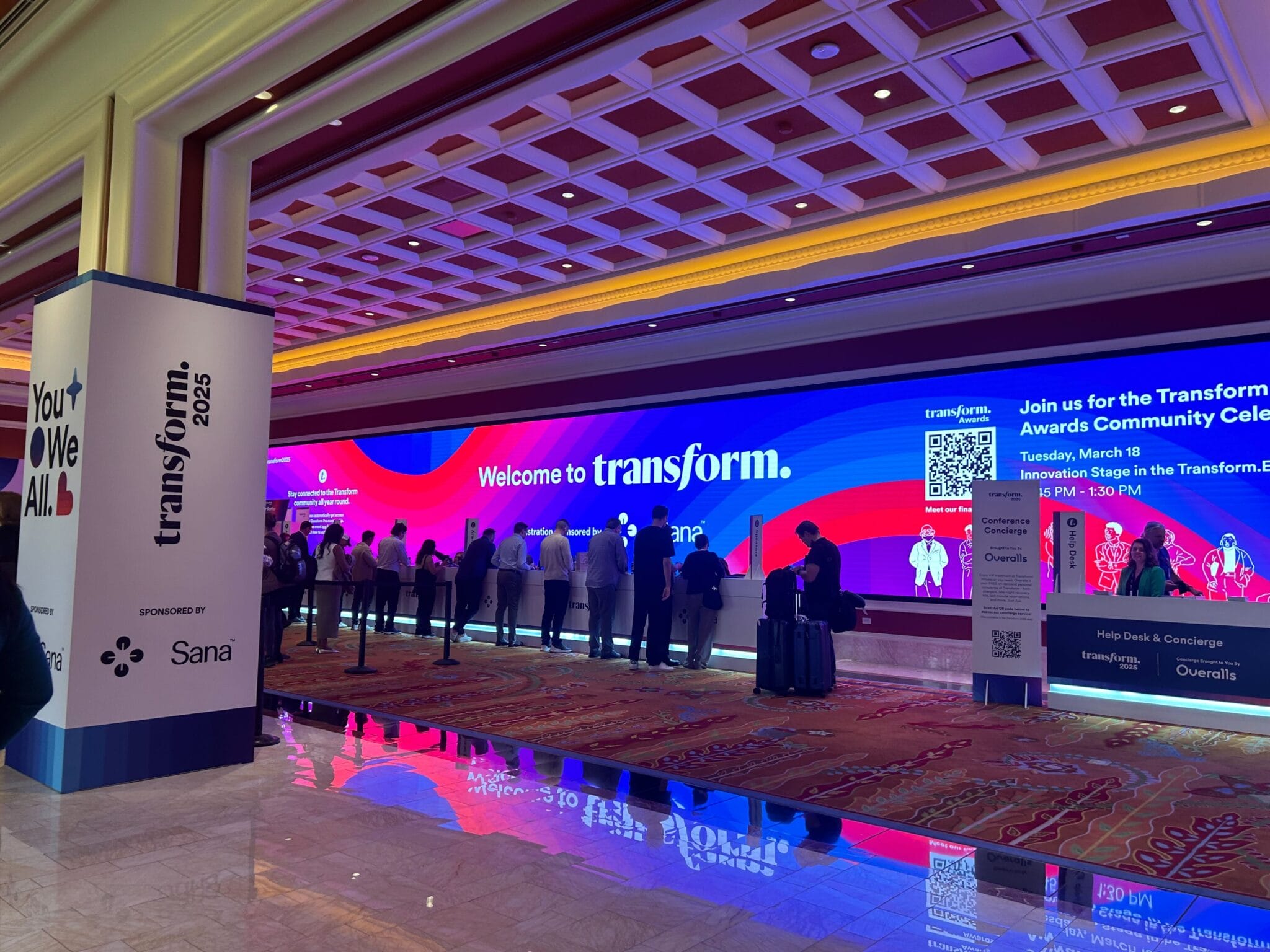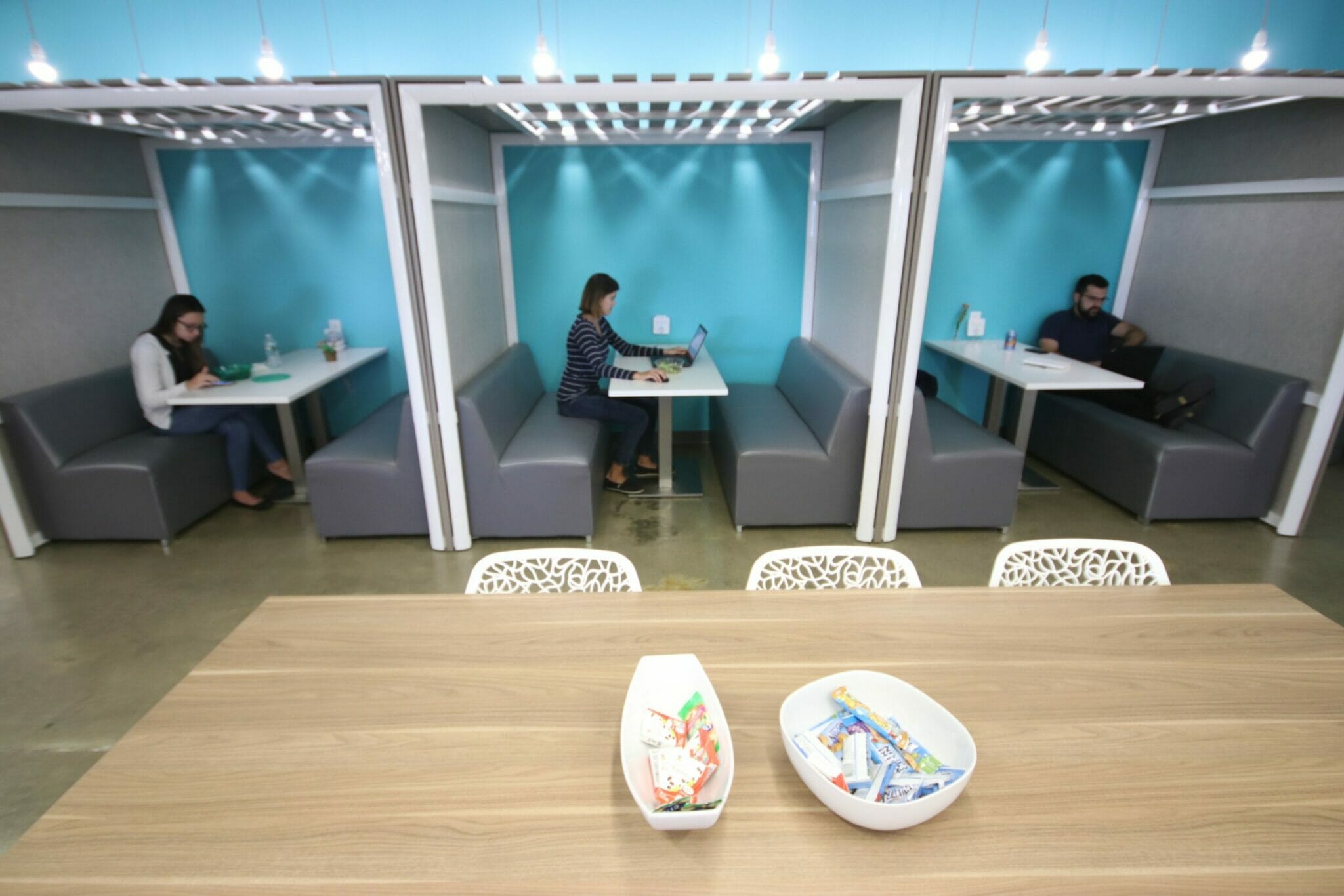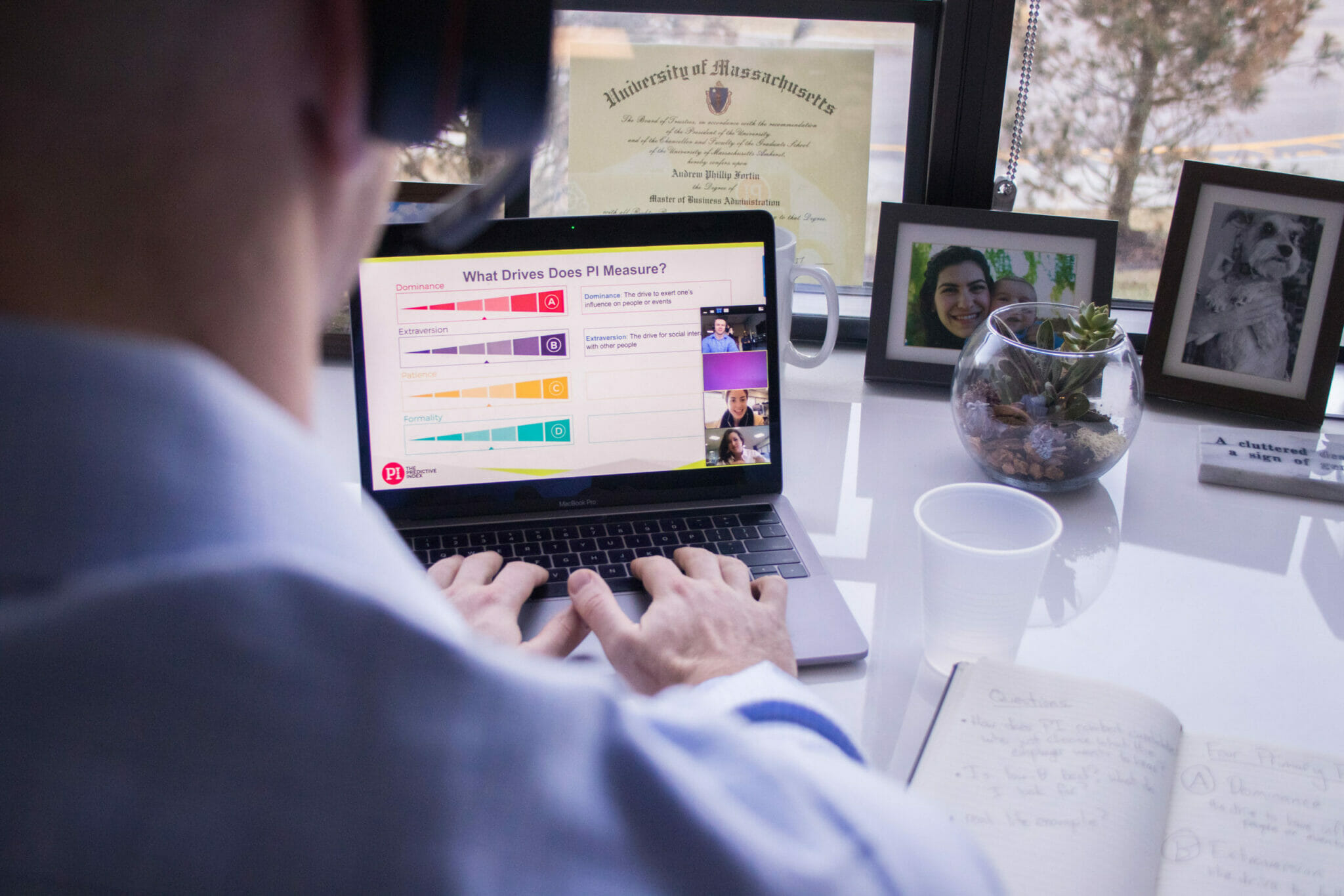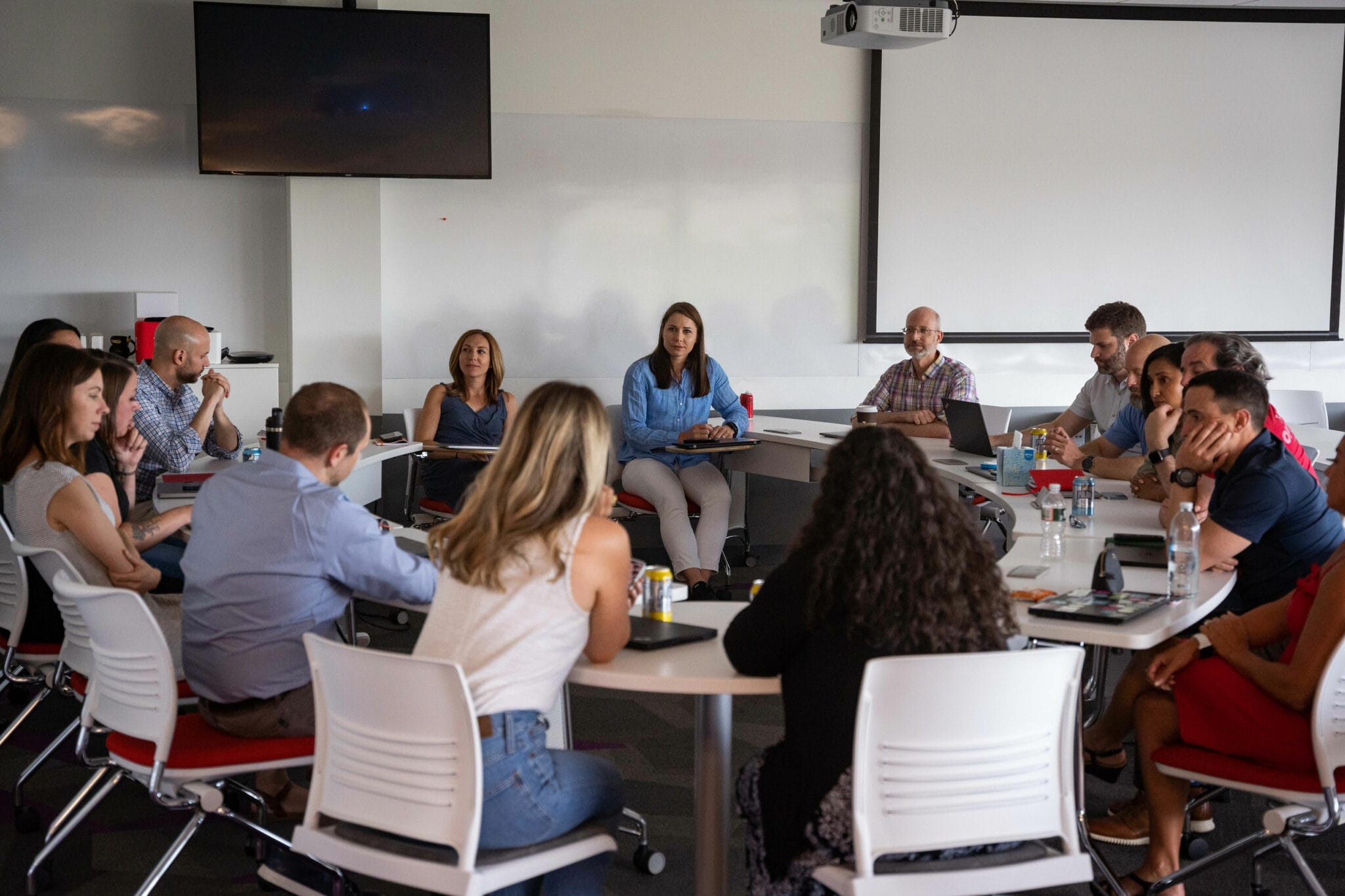Have you heard of the work-oriented game Buzzword Bingo? You’re given a card with all-too-common terms like “transformation”, “right-size”, and “drill down”. Anytime someone uses one of these tired terms during a meeting, you check it off your list.
There’s a word you’re not as likely to see on your bingo card or hear in your meetings:
“Love.”
For some, the term has no place at work. For others, it’s why they show up to work at all. Whatever your comfort level using the term ‘love’ in a work setting, we can all agree that its attributes—belonging, thoughtfulness, trust—are essential for a healthy and productive workforce.
This is why I invited a diverse group of experts to join me on the latest installment of the Perspectives webinar series powered by The Predictive Index.
My guest panelists included:
- Wendy Fong – Founder & Principal, Chief Gigs
- Dr. Tony Herrera – Talent Development Specialist, EP Wealth Advisors
- Rajkumari Neogy – CEO, ibelong
My recap of this can’t-miss webinar follows, and I’ll include a link to check out the full replay at the end.
Audience poll
After a bit of housekeeping, I posed a few questions to our beloved audience.
I have a working hypothesis that isolation and loneliness are on the rise among remote and hybrid workers.
My first question was designed to help us get a feel for the degree of remote work happening in our attendees’ workplaces.
- Roughly what percentage of your workforce works remotely at least half the time? (Choose one)
The results break roughly into thirds between nearly fully onsite, nearly fully remote, and somewhere in between these extremes. Fascinating!
My second poll question threw me for a loop.
I wanted to understand if a few of our attendees have experienced some of the more common workplace woes. These situations are the antithesis of “feeling the love” at work. The results nearly broke my heart.
2. Which of the following have you experienced at work? (Check all that apply)
When dozens upon dozens of attendees have been subjected to these management maladies, we have lots of work to do in order to help our workforce heal, and shift into a more empathetic and mindful mode of operation.
Fortunately, our panel discussion gave us gobs of clues on how to do exactly that!
Panel discussion
To kick off the panel discussion, I asked my guests why there can be so much sensitivity around using the “L-word” in some workplaces, and what are some of the consequences of not showing the love.
Why is love a 4-letter word at work?
Wendy weighed in first by offering a historical perspective, sharing:
“Twenty-five years ago, we didn’t learn about topics like bringing your whole selves to work, love, or the possibility that your whole self could even be accepted at work. It was: ‘Here’s a job,’ and ‘How are you gonna fit our needs?’”
Rajkumari offered a recent experience:
“One of the things that I heard last summer in one of my classes was, ’Gosh! I wish I had learned to feel my feelings earlier.’ And this was actually heartbreaking to hear, because, we as humans have feelings all the time. How we make decisions is emotionally based, so organizations prioritizing transactional ways of relating leave out the emotional aspects. We are human beings who are wired to belong, and we are wired to be in relationships with other people.”
Where did the love go?
While we may not be accustomed to expressing love at work, we’re wired for the type of connection and belonging it implies. So what happens when love goes unsaid? Tony shared an eye-opening experience.
“I retired recently from an organization, and they had my going-away party. I had so many people come up, and I knew there were people that appreciated and respected what I did. But I can’t tell you how many people I had actually for the very first time, say, ‘Tony, we love you. We’re gonna miss you.’”
Do we really need to wait until it’s too late to tell those around us how we feel about them?
More to the story
As we continued our panel discussion, we chatted about even more dimensions of love at work, including:
- Generational differences and the new normalization of the term love
- Dimensions of love, such as trust, safety, and belonging
- The importance of employee appreciation
- And so much more!
This was one of our most highly rated webinars, so I really hope you can make the time to watch the replay below.
Insights from the chat
This month’s chat was absolutely buzzing. Some of the attendees comments were:
- Warren: “Emotion was a career killer back in the ’70s and ’80s.”
- Mary: “Appreciation is one of the most high-vibrational, life-giving emotions.”
- David: “Empathy from recruiters is also important.”
- Sheila: “Vulnerability is not easy.”
- Kathleen: “If you ground in love, it’s much easier to have the hard conversation.”
I adore our audience, and with comments like these it’s easy to understand why! Thank you to all our live attendees for showing up and sharing your expertise and support during the show.
(If you want to experience our next webinar live, I’m including a link to register below.)
Closing the show and your next steps
After our panel discussion ended, I guided our panelists through a round of Q&A. We always take time to field insightful questions from our audience!
As we neared the finish line, I announced the winner of our book giveaway (congratulations again, Shiela! 🎉) and I mentioned our panelists’ takeaways:
- Rajkumari shared an extensive list of articles available at Fast Company.
- Tony announced his workshop on courageous conversations.
- Wendy noted her upcoming Leading with Compassion and Grace Webinar and her articles on Forbes.
- I shared a favorite how-to worksheet about how to make the most of the First Five Minutes of each meeting.
As a special benefit for live attendees, I gave early access to a very special tip sheet I created to help leaders at every level get comfortable showing the love at work.
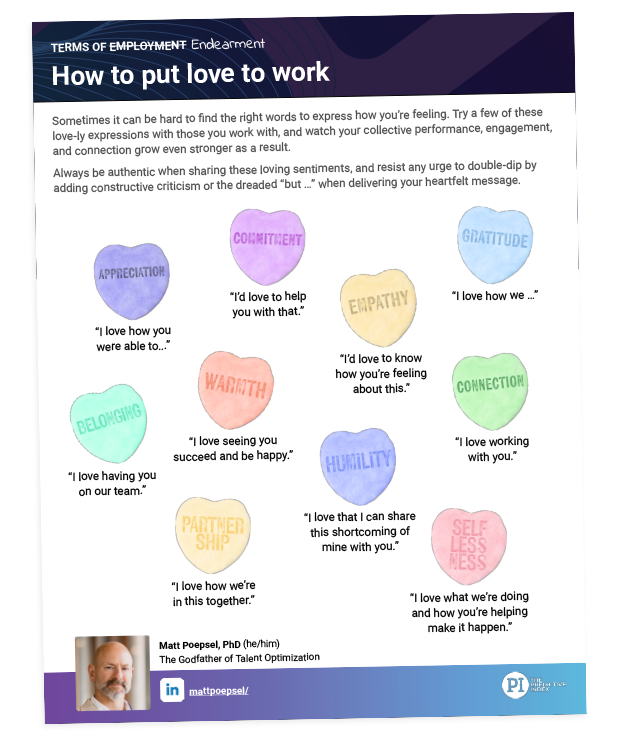
You can catch the full replay of this amazing webinar episode here.
If you’d like to join us LIVE for next month’s webinar, now’s your chance!
Join us on Wednesday, March 13th at 2pm ET for our March session of Perspectives powered by The Predictive Index.
Stop Managing, Start Leading: The missing transformation that’s holding organizations back
Registration is now open!
